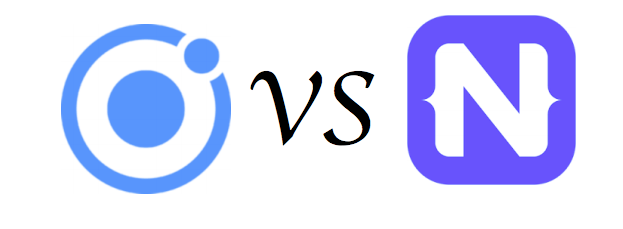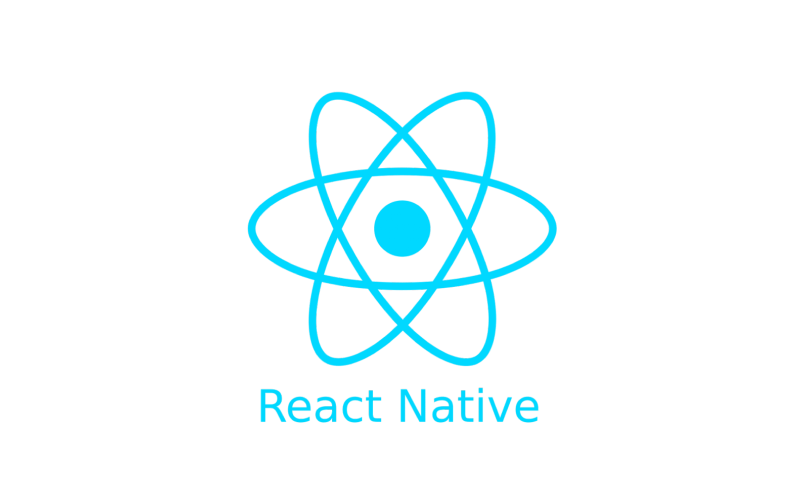
📌 Introduction
In the realm of mobile app development, selecting the appropriate framework can significantly impact the application's performance, scalability, and maintainability. NativeScript and Ionic are two prominent frameworks that cater to different development needs. Understanding their core differences is essential for making an informed choice.
⚙️ What is NativeScript?
NativeScript is an open-source framework that enables developers to build truly native mobile applications using JavaScript, TypeScript, Angular, or Vue.js. Unlike hybrid frameworks, NativeScript provides direct access to native APIs, allowing for the development of high-performance applications without the need for WebViews. This approach ensures that applications have a native look and feel, with performance comparable to fully native applications. Wikipedia
🛠️ What is Ionic?
Ionic is a popular open-source framework for building cross-platform mobile applications using web technologies like HTML, CSS, and JavaScript. It leverages WebViews to render the application, providing a native-like experience through a rich set of pre-designed UI components. Ionic is built on top of Angular, React, or Vue.js, offering flexibility in choosing the underlying framework. Wikipedia
🔍 NativeScript vs Ionic: Key Differences
| Feature | NativeScript | Ionic |
|---|---|---|
| Rendering | Direct access to native APIs, no WebViews | Uses WebViews for rendering |
| Performance | High performance with native execution | Good performance, but may be lower than native |
| UI Components | Native UI components | Web-based UI components |
| Development Speed | Moderate, requires understanding of native APIs | Fast, especially for web developers |
| Learning Curve | Steeper, especially for those new to native development | Easier for developers familiar with web technologies |
| Community Support | Smaller but active community | Large and active community |
✅ When to Choose NativeScript
Opt for NativeScript when:
-
You require high-performance applications with a native look and feel.
-
You need direct access to native APIs for advanced functionalities.
-
Your team has experience with native mobile development or is willing to learn.
✅ When to Choose Ionic
Opt for Ionic when:
-
You aim to leverage existing web development skills for mobile app development.
-
You need to develop applications quickly with a rich set of pre-designed UI components.
-
Performance requirements are moderate, and a native-like experience is acceptable.
🏁 Conclusion
Both NativeScript and Ionic offer unique advantages depending on the project's requirements and the development team's expertise. NativeScript is ideal for building high-performance, native applications with direct access to native APIs, while Ionic is suitable for rapidly developing cross-platform applications using web technologies. Assessing the specific needs of your project will guide you in selecting the appropriate framework.




